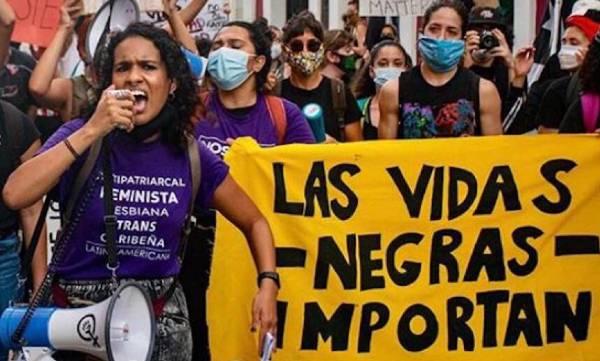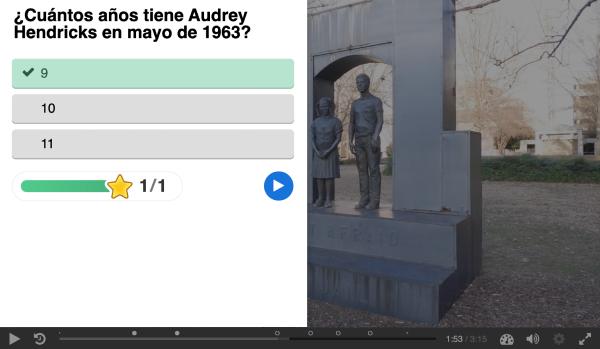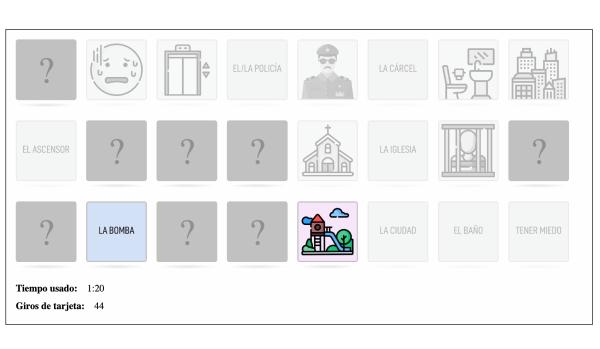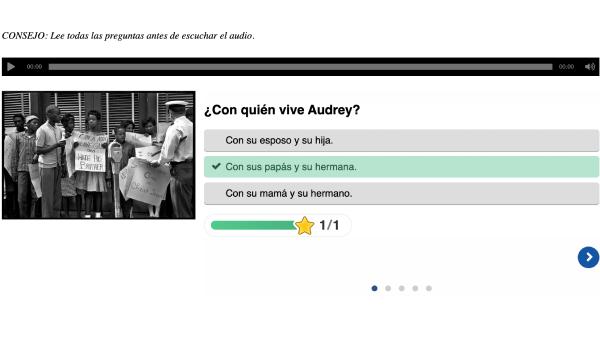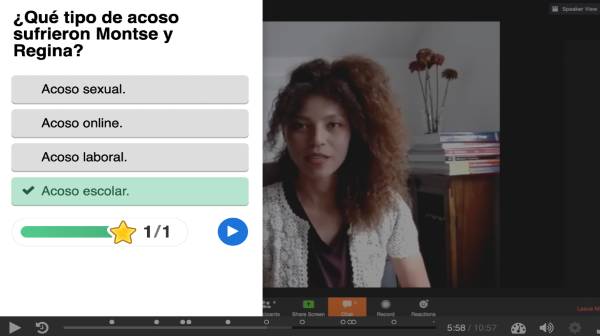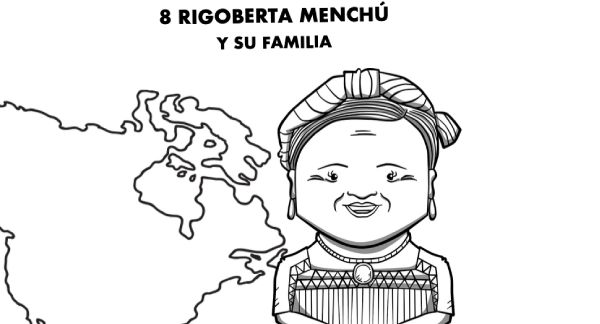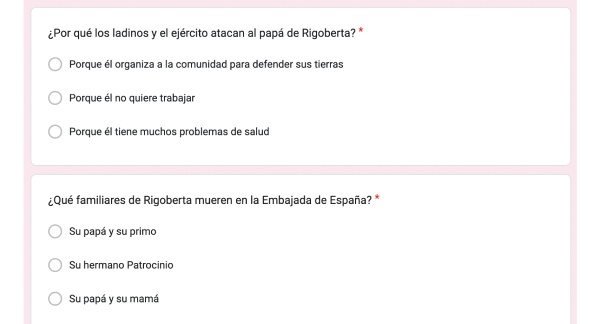When we learned about colors, introducing the word "negro" created a bit of a commotion.
We can't just tell students: that's the Spanish word for black, like it or not. I think we need to offer a proper and detailed explanation.
Our resources for Black history month include that explanation, as well as a celebration of diversity and a close look at some inspiring moments of the Civill rights movement.
1 La Cruzada de los niños (Escape room - Spanish 1 - 2023)
Young students played a very important part to put an end to segregationist laws in the U.S.
This fun and engaging escape room, combines printable and digital resources to tell the story of The Children's Crusade.
It is designed for first-year (beginner) students, and it's extremely easy to set up.
2 Imágenes de la historia negra (Escape room - Spanish 2 - 2021)
A super engaging virtual escape room that explores some of the most iconic images of Black history month.
Students will learn about Harriet Tubman, Rosa Parks, Martin Luther King, Tommie Smith, John Carlos, Barack Obama and Alicia Garza through several texts, audio files and videos.
The completion of an activity will provide a code. With all the codes, students can exit the escape room, and be free at last.
The escape room is easy to set up using Google apps. There's a detailed tutorial included in the lesson to explain how to do it, step by step.
You can also use the resources individually, like this video about Black Lives Matter:
3 Noticias de la historia negra (Lesson - Spanish 3 - 2021)
Decorate your room with your students' news about remarkable moments of the Civil Right Movements.
Students will use an example about Rosa Parks to learn how to write a newspaper article.
Then, they'll research similar stories and write a Spanish article explaining what happened.
Check out the full lesson here, which includes the following video (with optional Spanish subtitles):
4 Videoconferencia sobre el racismo (Lesson - Spanish 3 - 2020)
A must-see conversation between different people about racism in several cultures.
Students will also learn how to express opinions using the right tenses.
They'll use the examples from the video, and the structures learnt in the lesson, to discuss the racial situation in their communities.
5 El racismo en el lenguaje (Lesson - AP Spanish - 2021)
80% of Puerto Ricans said in 2010 that their race was "white".
That number doesn't seem to reflect the diversity of the country.
Why doesn't the census reflect that diveristy?
It could be because of the negative connotations that the word "negro" has in Spanish.
College professor don Félix Rodríguez explains the origin of the word negro and several expressions that use that word.
He also analyses the interaction between language and identity.
Access all the resources of this lesson here, including the following video:
6 Rigoberta Menchú y su familia (Reading & activities - Spanish 1 and up)
15 sueños is a super engaging reader that includes 15 meaningful stories about the lives and achievements of different Hispanic champions.
Chapeter 8 is about Nobel Peace Prize winner Rigoberta Menchú.
She was born in Guatemala in a time in which indigenous people had zero power in the country, despite being 70% of the total population.
They lived in poverty with no hope, because as soon as something good happened to them, the government seized it with total impunity.
Rigoberta and her family fought -and still fight- for indegenous rights. They slowly managed to improve the situation of their communities, but they paid an extremely high price for it.
The story and the free activities you can download here will help your students understand the suffering and the struggles indegenous communities suffered in Central America.

